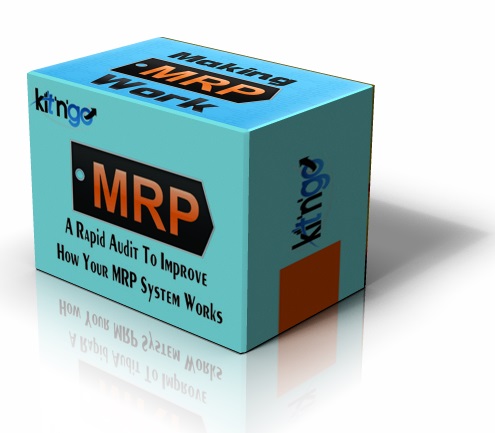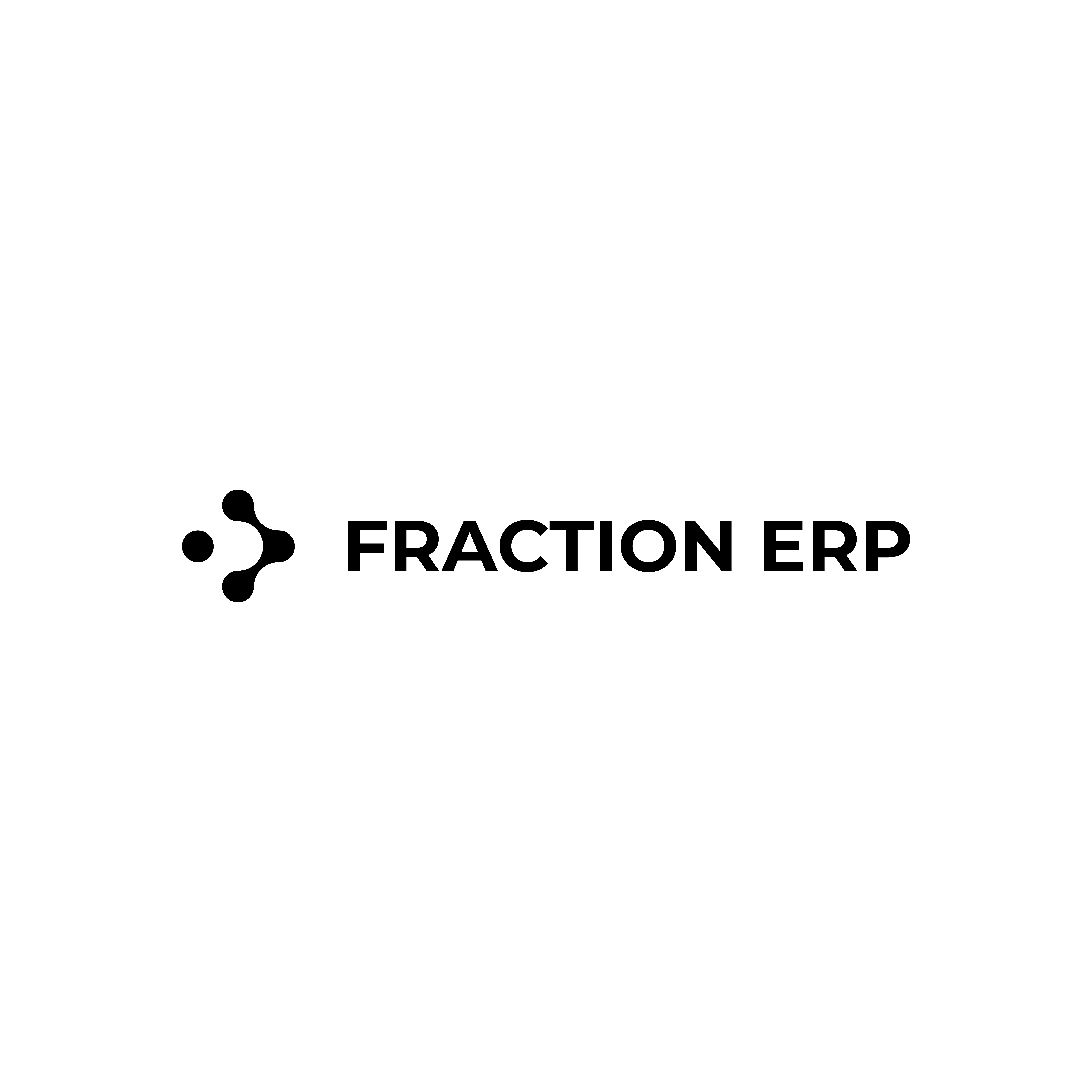ERP Systems
What is an ERP system?
If you are new to the world of ERP systems then let me give you a basic overview and then some ideas and resources to help you get the most out of this really useful tool.
Many businesses hope that when they deploy an ERP system that their production and inventory woes will disappear. Unfortunately, if you get past an effective deployment, configuration and training there is still the topic of management. Management does not go away; ERP does not replace this basic business need.
Let me give you a quick history lesson on ERP systems and then I'll jump into some tips and tricks to help you get the most out of an ERP system.
A quick history lesson
Firstly, most ERP systems are made up three distinct parts; MRP, MRP II and the ERP 'wrapper' itself.
MRP arrived in 1975 and stands for Materials Requirements Planning. Its basic functions include inventory management, sales orders, purchase orders and works orders. This is still the core of all good ERP systems today.
MRP II arrived a few years later, around 1978. MRP II stands for Manufacturing Resources Planning and brought the concept of work centres and capacity planning.
We waited until the 1990s for ERP to arrive, which stands for Enterprise Resource Planning. ERP joins up the entire business, from enquiries through engineering, MRP and MRPII, and despatch and invoicing / financing. Some systems fully cover the business spectrums whilst some focus on key areas and integrate with other solutions.
ERP is what most businesses talk to me about, covering the full order fulfilment cycle (from start to end).
Why implement ERP?
There are some horror stories around, that's for sure. The promise of the benefits of an ERP system properly deployed, however, are worth the effort. A properly deployed ERP system can also be a competitive factor for your business.
If you get it right, you should find that you have:
These benefits are certainly worth the effort. If you don't deploy your ERP system correctly (assuming that you have selected one that meets the needs of your business) then it can become a nightmare. What do I mean by nightmare? Bloated inventory levels, sluggish decision making, increased administrative burden, poor customer service levels and so on.
Let your ERP system do the heavy lifting for your business! Automate the basic tasks and free up your team to use their talents more effectively.
Managing an ERP system
Some businesses seem to think think implementing an ERP system negates the need for effective management. ERP processes are just like any other business processes; if you don't manage them you will get the results you get (and not necessarily the results you want!).
There are key activities that need to be managed within an ERP system, including:
Neglecting any one of these items will bring down your system's effectiveness. Extend your management practices using ERP and you will see tangible benefits to your customer satisfaction levels, business performance and bottom line profitability.
What to look for in an ERP system
Changing ERP systems is not a quick or inexpensive task in most cases.
Choosing a good system for your business is important and I'll touch on a few points here:
Most ERP systems have the same basic components. It is a bit like looking under the bonnet of a car; once you have seen a few of them (be it electric or traditional fuels) then you will recognise the key components in other cars. ERP systems are largely the same, you just need to find where the menu option and the configuration controls are located. After this you are looking for the differences.
Some systems are great at scheduling, others are great at simplified order processing, whilst others have better warehouse management options. This is why you need to know what functions are most important to you, when you go out to the market.
Score the systems as a team and I will cross my fingers that you come to agreement easily...
When do you move ERP systems?
This is a question I often get asked. The simple answer is when you realise that your existing functionality is ham-stringing your business operations.
Too many people want to change their system because they don't like it but can't explain good reasons to move. Many times their ERP system is incorrectly configured. Couple this problem with a lack of training and you soon have a recipe for a badly used system that doesn't work properly.
I always stress to people that they need to fix their system setup first (it is a relatively cheap thing to do) and then determine if the functionality still isn't what they need.
The most genuine reasons for needing to move ERP system are:
Shifting ERP systems isn't a decision to be taken lightly but can be the right thing to do strategically.
When do you 'graduate' to an ERP system?
I see many businesses that struggle in their businesses with whiteboards and spreadsheets, trying to keep on top of all of the orders in one place. This strategy can work, up until a point.
When your business gets to a certain size, the complexity of the data flowing through it becomes too much for whiteboards, spreadsheets (and the human brain) to effectively process. This is when mistakes get made and customers get unhappy (as well as shareholders!). This is the right time to start thinking about ERP solutions.
The notes I shared above about selecting an ERP system still stand. In the case of your first ERP system you will also need to be honest with yourself about the competence levels within your business and how well you will handle your first system.
Going back to the car analogy; you might be best to start with a small family hatchback, rather than a supercar, for your first driving lesson!
Further to the last section, changing ERP systems should be done in a controlled manner in line with the growth and maturity of your business. Planning to change systems, for the right business reasons, is a good thing to do. Changing for emotionally charged reasons isn't always a great strategy.
So, if you are at your limit with paper based systems and creaking spreadsheets, you probably are ready to move to an ERP system.
ERP resources
Implementing and running an ERP system doesn't have to be guesswork. If you require some more information, or a simple ERP option to consider then check out the following resources.
The MRP Audit
If you have an existing ERP system and you need to get it working efficiently and effectively then download a copy of the 'MRP Audit' today.
This guide and worksheets will help you to figure out which parts of your system aren't working effectively and then help you create an action plan to make the changes yourself.
You can buy a copy using the link below, or you can find out more here.
Fraction ERP
Fraction ERP is a cloud based ERP system that is designed for make to order / engineer to order businesses that want a Lean ERP system. We've stripped out all of the unnecessary features and left a quick to learn / access anywhere ERP system.
To find out more visit fractionerp.com.

